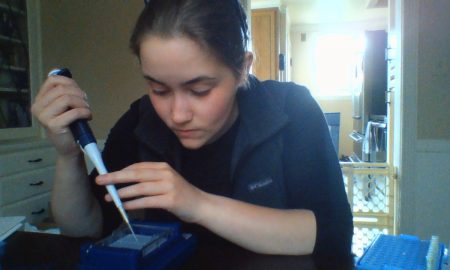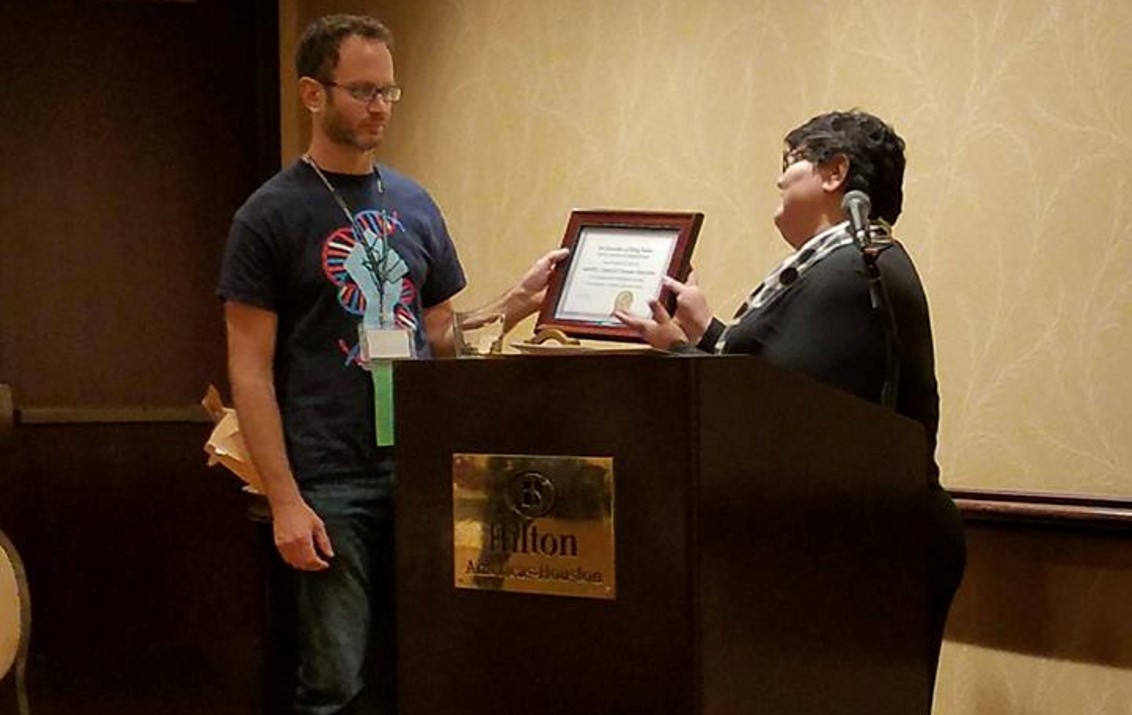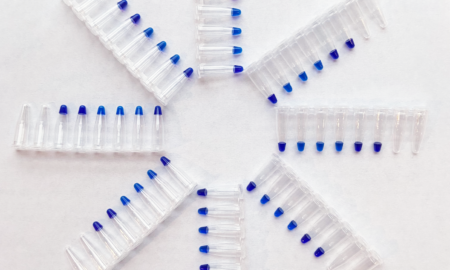We all want to breathe new life into the biology classroom
We spend a lot of our time talking to science teachers. It is inspiring to find how many of them go out of their way to inspire and stimulate their students. For example, many biology teachers in Massachusetts partner actively with science outreach groups to bring molecular biology and new teaching technology to their classrooms. We’ve seen firsthand how these teachers truly inspire and “wow” their students.
Several of them also share with us their frustrations and dreams. Someone recently pointed us to this interesting article by Andrew Moore (EMBO Rep. 2003 August; 4(8): 744-746.). Written about a decade ago, its urging and recommendations are as current as ever.
We couldn’t identify more with one of the opening paragraphs: “When asked what they remember of their biology class in school, most biology teachers will recall hours of tedious dictation, poring over thick tomes and intricate drawings of dissected, half-putrefied animals lingering in formaldehyde. Few will reminisce about memorable experiments […]. But on one thing all teachers agree: children love to get their hands dirty.”
Moore goes on to caution: “However, dragging a slowly decomposing cadaver from a bag of yellowing liquid to dissect another part of its anatomy is not the kind of hand-dirtying that most students look forward to. They might, for instance, find it more interesting to explore some of the practical science behind the ground-breaking and socially controversial technologies made possible by molecular biology”.
There is so much truth behind this statement. Making biology relevant must look beyond the beautiful illustrations of textbooks. Molecular biology touches our lives and societies in so many ways today that teachers must go well beyond the “history of knowledge” teaching style. Our kids will be building a society where bioengineered medicines, personalized genetics, genetically modified organisms, tissue regeneration, stem cell therapies, genetic screening, and many other molecular biology applications will open unimaginable possibilities and spark arduous debate.
We have an obligation to equip our students with the curiosity, the knowledge, and the technical tools to make these topics approachable. In Moore’s words: “There is an urgent need to stimulate this curiosity about biology among the younger generation; first, because citizens increasingly need to be equipped with the intellectual capacity to play an active role in deciding their future, and second because society needs excellent young scientists to push the frontiers of research”.
Moore goes on to offer many practical examples of how to ignite that spark in the school lab, offering experiments that elicit that “wow” factor. From the use of green fluorescent protein to illustrate gene expression, to solving crime mysteries through DNA analysis, to the simple but infallible fascination of isolating DNA from fruit.
And he offers one practical recipe: “[…] biology teachers need a mixture of experiments that can be done with minimal equipment at school, ones that can be performed with scientific support and, finally, ones that they may never actually do, but that extend their horizons. Furthermore, the school laboratory should retain a central importance in the education process. […] The school lab cannot be replaced by extramural experiences in practical science”.
We invite you to read the rest of Moore’s article here.









